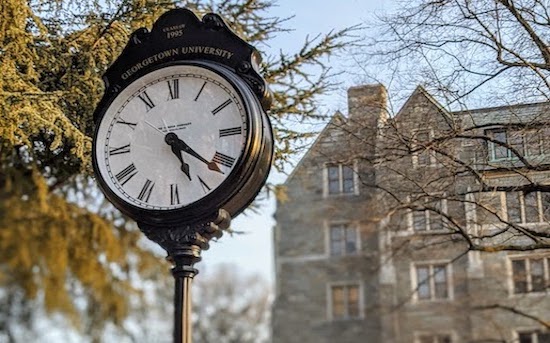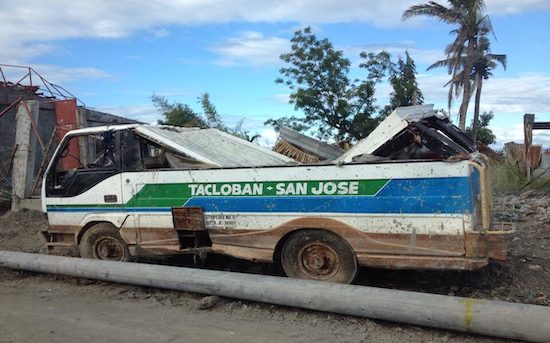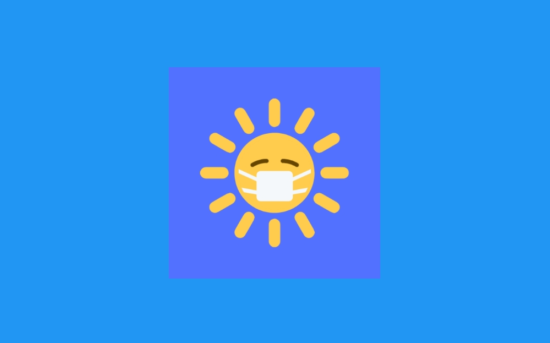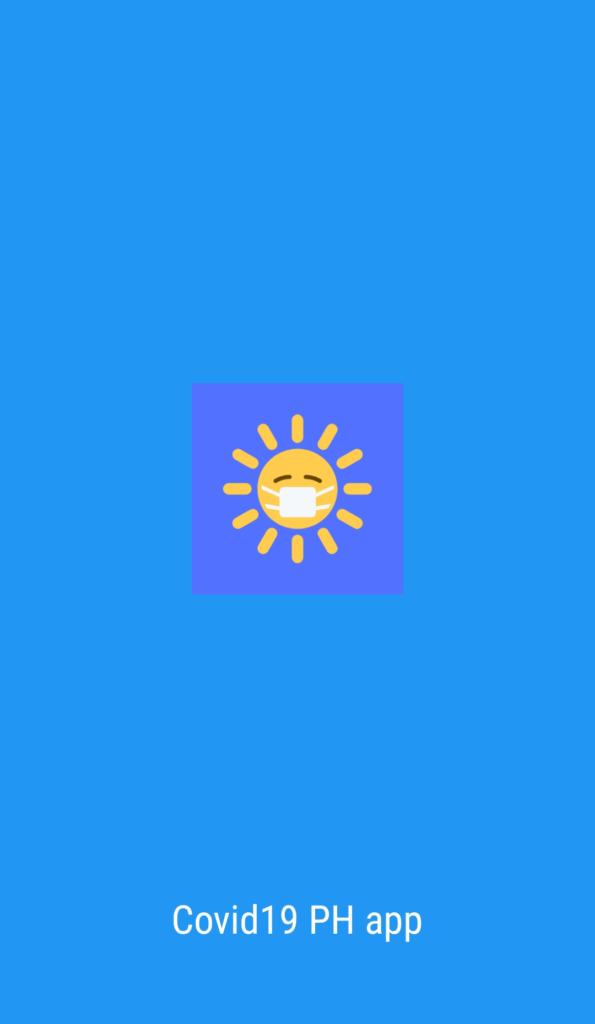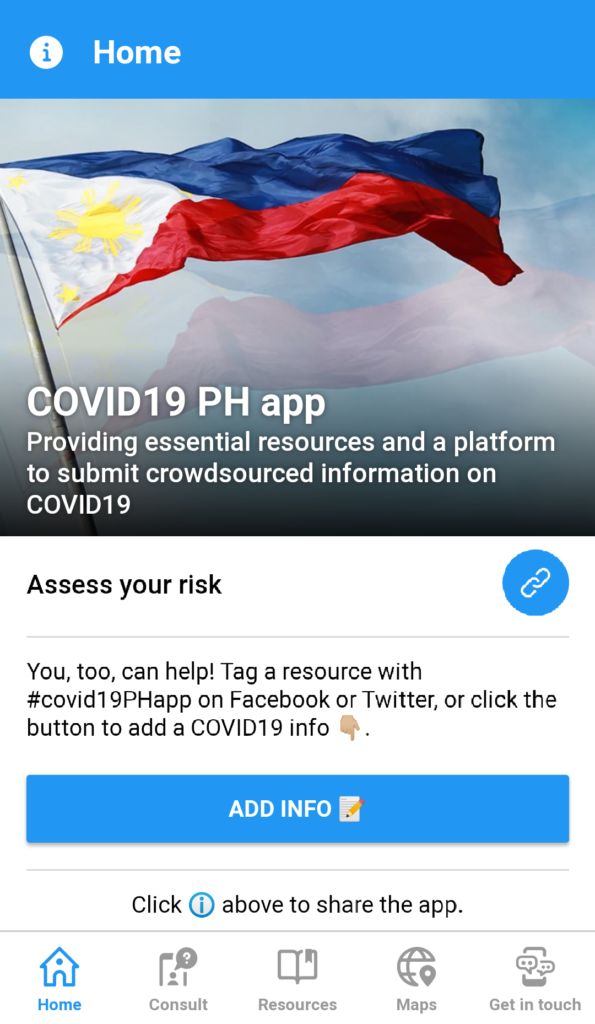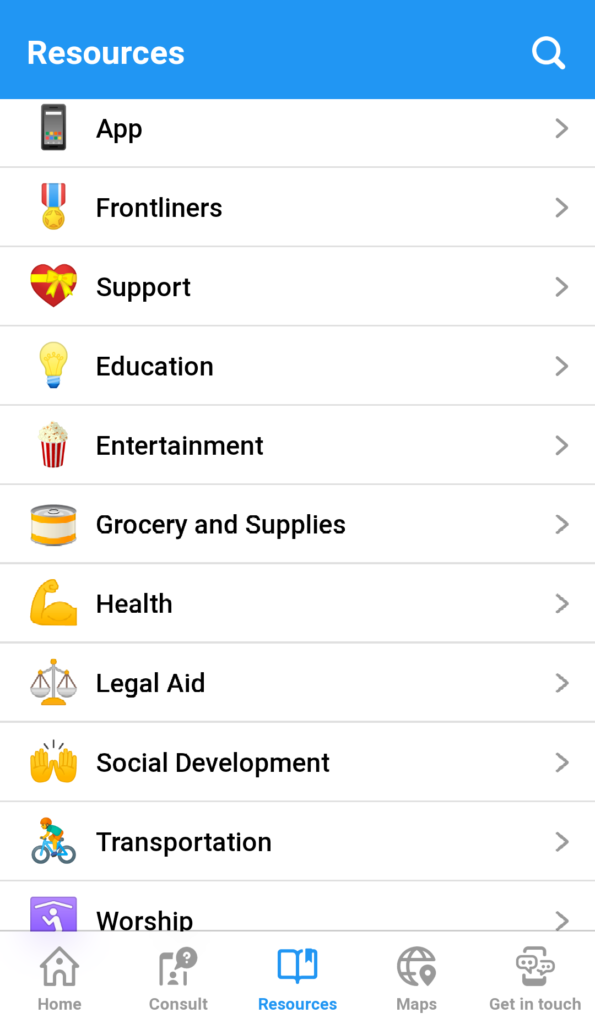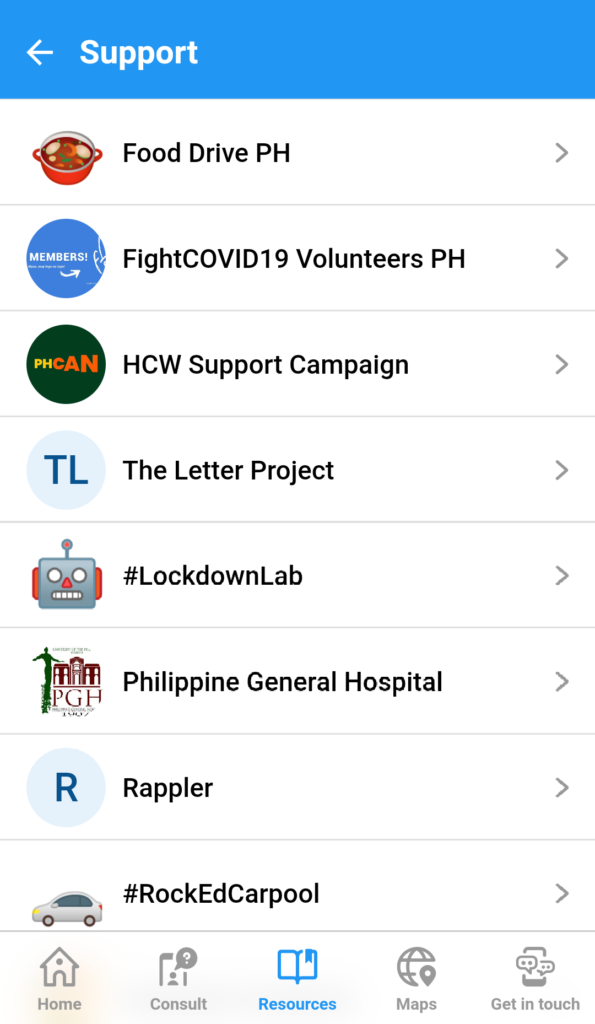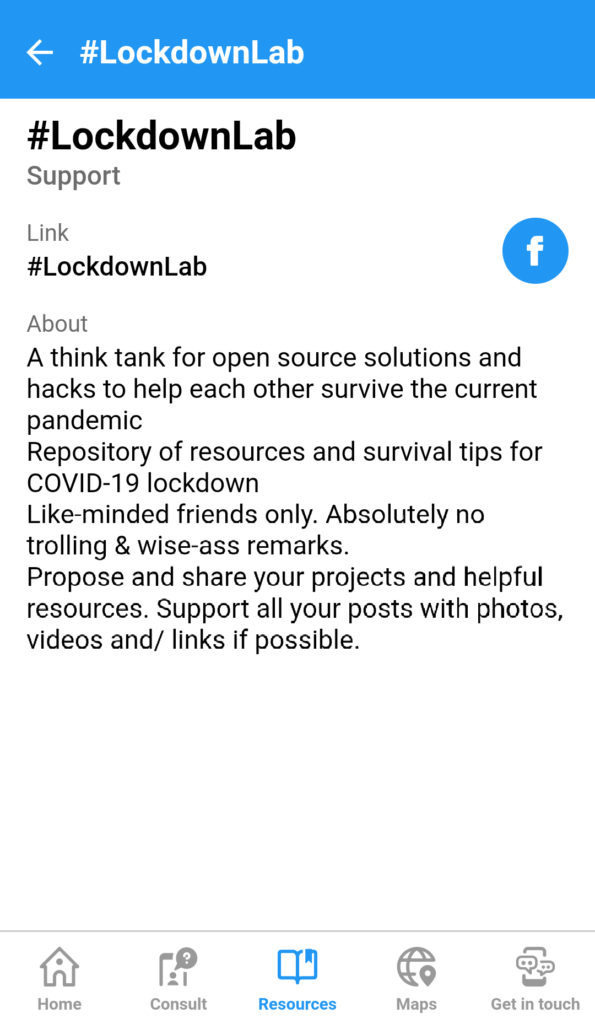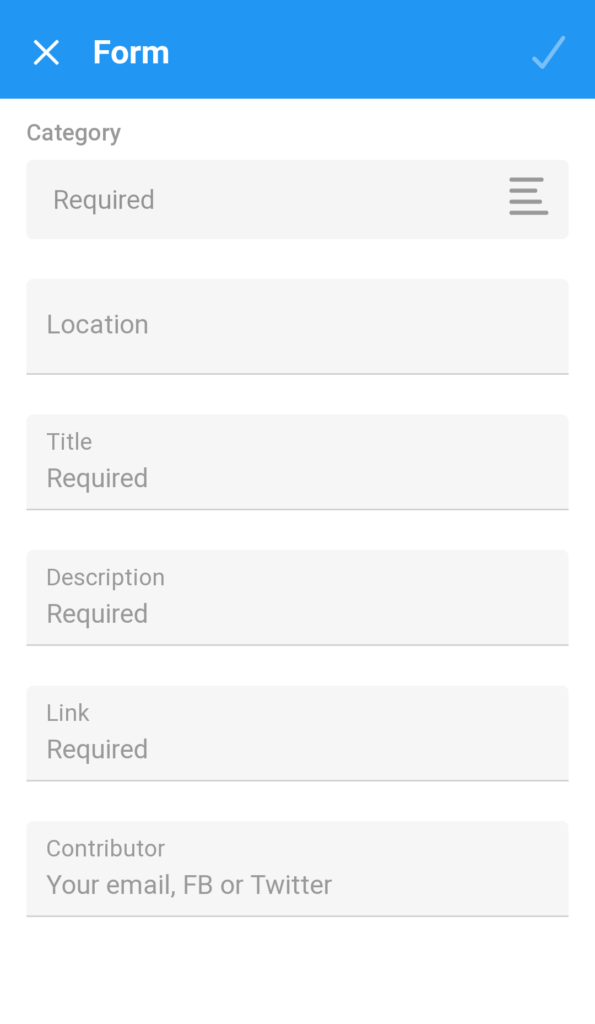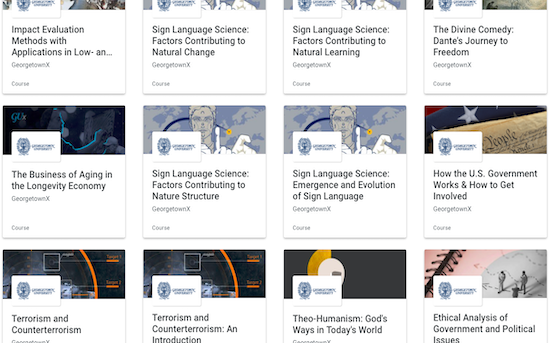Introduction
Eye of the Storm is a narrative game prototype about a mayor who must make political and collective decisions in preparation for and in response to a disastrous storm. I developed the game as part of the final project for the Innovation and Technology course, where I explored Twine as a form of education technology, and the viability of narrative games as a learning tool.
The topic was inspired by the Educause online article written by Abi Johnson, Using Empathy Games in the Social Sciences. In the article, Johnson argues that “(v)ideo games combined with pedagogy offer unique opportunities to help students understand perspectives for which they may have no lived experience.” While I have not served as a mayor of any city, I chose the topic and character because I have the lived experience of typhoons and other natural disasters, having grown up in the Philippines. Moreover, I worked on disaster recovery for a year following the destruction of Typhoon Haiyan in the country, and am thus familiar with the inner workings of disaster preparation and rehabilitation.
Gameplay
In this first iteration of the game (submitted as HTML file via Canvas), the player assumes the role of a mayor who governs a city perennially exposed to typhoons. This character choice was largely driven by the format of the game and affordances of the technology, whereby a player makes choices by clicking on the links to drive the narrative forward. In the context of a natural disaster, a mayor makes decisions for his or her constituents on informing them of risks and safety precautions, emergency response and recovery, and the politics that surrounds disaster management.
As a narrative, the plot is driven by the weather system (i.e., storm) and involves a rival politician who is the antagonist. The storm is characterized by unpredictability, making decisions and preparation difficult. It also presents a sense of urgency – the mayor must make personal and political decisions both before and after the storm reaches the community. Meanwhile, the mayor’s rival has resources (e.g., a helicopter) that will be vital for emergency response. This defines the gameplay – the mayor must be politically savvy in the decisions he or she must make to save people’s lives and at the same time to secure a reelection.
Twine as game platform and form of education technology
I chose Twine as the game platform for its ease of use and appropriateness for creating a game-like reader experience. The open source platform is easy to learn which makes it accessible to people who are new or want to try text-based games. It allows the player/reader to select what happens to the story based on choices the player makes through the main character, similar to the book series Choose Your Own Adventure. For these reasons Twine is popular among text-driven independent online game creators.
Twine harnesses the feature of HyperText Markup Language (HTML) to use hyperlinks to go from one page to another, allowing the creator and player to pursue a story with multiple narrative threads more seamlessly with the click of a button. This interactivity, a basic form of media navigation, can facilitate knowledge construction (Mayer and Moreno, 2007), that is, the dilemma a leader faces in the midst of a crisis.
According to Johnson, empathy games can supplement course materials by introducing interactivity on more traditional learning methods of readings and discussions on topics such as gender identity (dys4ia), illness (Depression Quest, That Dragon, Cancer), abuse (e.g., Papa and Yo), or violent conflict (This War of Mine). Yet with the development of Twine, barriers to entry to this specific type of game creation are lower, democratizing the medium to cover topics that portray situations that are otherwise impossible or difficult to universally experience such as depression (Depression Quest) or dealing with a natural disaster.
Johnson warns of people playing empathy games as mere “pity tourism” or a jaunt to an unfamiliar and marginalized reality where empathy ends as soon as the activity stops. To prevent this, she recommends embedding the game in the context of an academic curriculum instead of as a separate and stand-alone activity. To achieve this, the instructor should provide learning goals and assigned readings to frame the learning activity.
Similar to Johnson’s learning objectives, the following criteria should be met to warrant playing an empathy game:
- The game should sustain their interest in the topic while resulting to comparable learning outcomes in comparison to assigning and discussing readings.
- The game should expose them to a new experience, such as preparing for and responding to a disaster.
The course materials should be consistent with the learning outcomes of the course. In developing the game, I had in mind students who are taking courses in international development and/or disaster management, and have limited or no experience in working on the ground prior to or right after a disaster. Selected readings can come from sociology, urban planning, economics, and political science and other related disciplines on the topics of disaster risk reduction and management, perceptions of disaster risks, politics of humanitarian aid, among others.
Future considerations
While brainstorming the game, I had assumed that an ordinary or poor resident may not have many choices when dealing with disasters and may not be a good fit for the role of the main character, as opposed to a decision-maker like the mayor. However, a second iteration of the game could explore this type of character. Similar to the game Depression Quest where the player assumes the role of a person who suffers from depression and has limited agency over his or her actions due to an illness, the same can be said true for people living in disaster-stricken areas due to their dire living circumstances.
In general, Twine games are designed for single-player use. It would be interesting to observe the type of discussions and interactions that may arise from playing the game if it were to be played by multiple players in both online and face-to-face courses. Decisions on how to deal with disasters are often a collective effort, and it would be ideal if the game could foster cooperation among students. Playing video games with fellow students has been known to lead to better collaboration (Barr, 2018).
Subsequent versions of the game can also incorporate images and audio for an enhanced immersive experience, making the game more engaging that could potentially lead to increased empathy.
